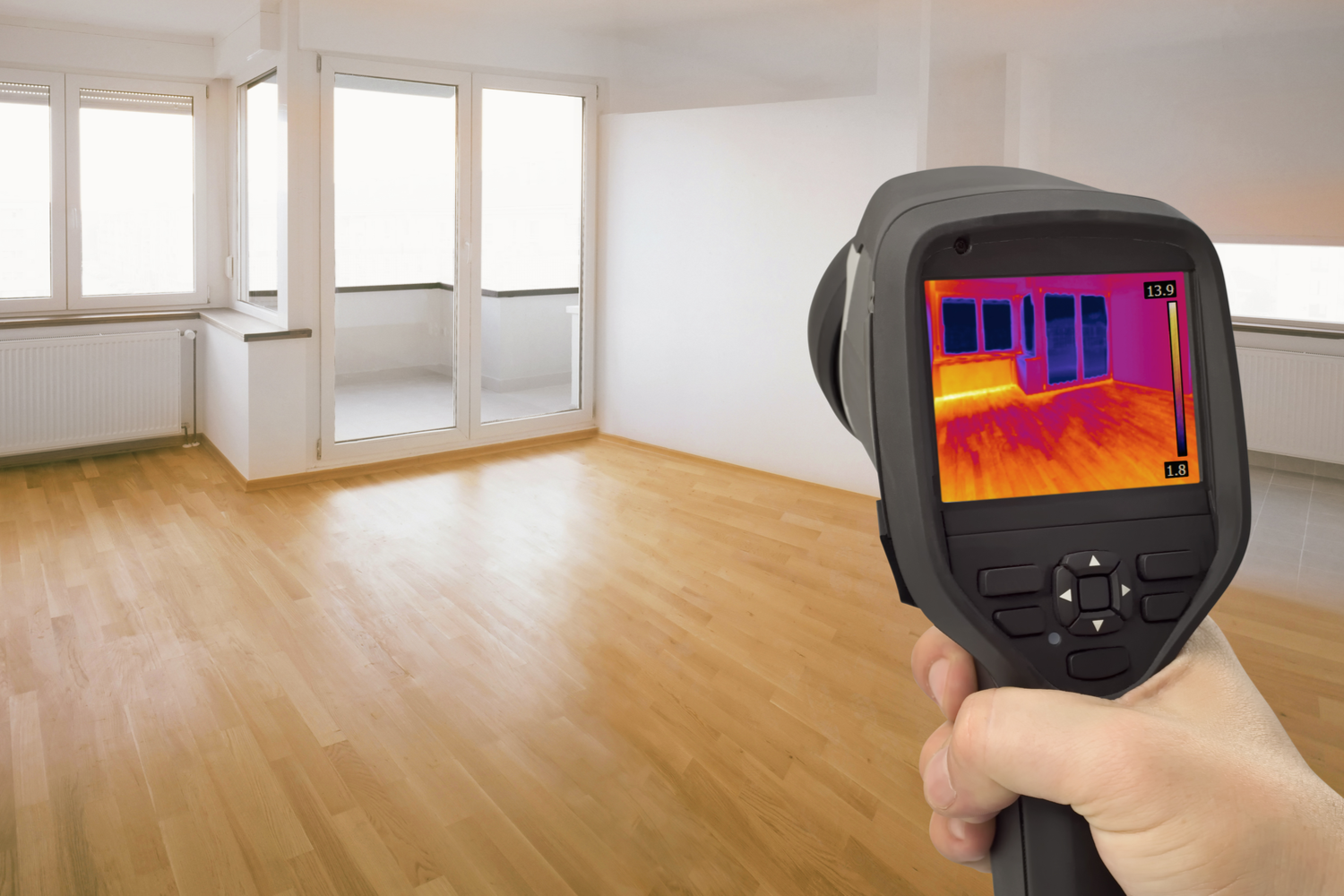Water is the earth’s most abundant resource. Approximately 70% of our planet is covered with it. Water is also essential for the existence of life as we know it. As long as the water in our homes is contained – in pipes, bathtubs, sinks, etc. – having access to it is a good thing. If water is allowed to break free of its constraints through pipe breaks and leaks, it has the potential to cause untold amounts of damage to our home’s structure, your furnishings, and even your health.
Unfortunately, water leaks happen in homes with regularity, and it doesn’t matter if your home is brand new or one hundred years old. The odds are that every home will experience at least one water leak of some kind. The problem is that when a leak begins, many times the source or cause of the leak is not obvious. Many leaks start slowly and build up in intensity over time. It is crucial that leaks of any kind be found and corrected as soon as possible to limit the amount of damage that they may cause.
Common Water Leak Indicators
Water can quickly become your enemy when it goes where it isn’t wanted. These are some of the ways that a homeowner can discover if their home has a problem with a water leak.
Keep An Eye On Your Water Bill – Water bills rarely fluctuate greatly. So as long as you weren’t filling a swimming pool or watering a herd of horses, you shouldn’t see a large variation from one month to another. Even a small faucet drip can waste as much as 10,000 gallons of water in a year. If your water bill comes and there is a large dollar difference from what is normal, your home probably has developed a leak somewhere.
Check the Water Meter – Your water meter may be located in several different places around your home. Sometimes it is in a pit near the street, covered by a manhole- type cover. Sometimes it can be found close to where the main water line enters your home. Here’s what to do:
- Turn off all faucets and make sure that water-using appliances (dishwasher, washing machine, water softener, etc.) are not running.
- Look at the water meter and note what the usage numbers are. If you can see the numbers changing, there is a leak. You may have to wait 30 minutes to an hour to see any change, depending the size of the leak.
- Turn off all faucets and make sure that water-using appliances (dishwasher, washing machine, water softener, etc.) are not running.
Check Appliances – Any appliance that uses water can be the source of a leak. On a regular basis you need to inspect these appliances for leaks. The hoses and connections on dishwashers, ice makers, washers and some dryers wear out over time. Don’t forget to check that pan under the hot water heater. There shouldn’t be any standing water in it. If there is, your hot water heated is probably leaking.
Look Under the Sink – Supply lines and drain lines may be the source of a leak, so you need to regularly inspect these lines for drips or the presence of moisture. Check under the kitchen sink, the bathroom vanities, or any utility sink.
Paint Bubbles, Loose Wallpaper, Wall and Baseboard Discoloration – Many times a slow water leak will show up as a yellowish or light brown stain on walls and ceilings. If you see paint bubbles, they are probably caused by water trapped between the paint and the wallboard. Baseboards affected by water may swell and show gaps between the baseboard and the wall. Wallpaper will loosen, especially near seams, when water is leaking behind it.
Spraying or Dripping Sounds – While some leaks are totally silent, others can sometimes be heard. Be aware of small noises behind walls, they may not be scurrying rodents after all.
Musty Smells – Over time, especially if mold begins to develop, you can smell a problem before you can see it. If one area or room of your home develops an odd, musty odor, it could be a sign of a water leak.
Not All Leaks Are a Result of Plumbing – Sometimes leaks are a result of something other than faulty plumbing or appliances. Roofs may develop a leak. Water may be coming in around windows, exterior doors, or as a result of faulty flashing around a fireplace chimney or roof stack.
Tools Used to Detect Leaks
Many times homeowners have a difficult time finding and identifying leaks without professional assistance. Water damage professionals can employ several tools that are expensive, and can be difficult for homeowners to use, to help the professional locate and identify areas where a leak may be occurring.
- Video Equipment – Small cameras mounted on flexible cables (borescopes or endoscopes) can be inserted into wall cavities to inspect for leaks. Infrared cameras can locate cooler spots along walls, ceilings, and floors. These cooler spots will show up as bluer or darker shades on the camera’s screen.
- Moisture Meters and Sensors – These instruments use an electrical current to measure resistance between two pins or pads on the meter.The presence of moisture affects the resistance properties of different materials, which the meter will then detect.
- Listening Discs – These resemble a giant stethoscope. They amplify the sounds of leaking water and send these sounds through headphones back to the operator. This is a nondestructive way of searching for a leak under cabinets, behind walls, and under floors..
- Water Sensors for Home Use – These sensors can be purchased by homeowners to detect leaks as they happen. Some require being hardwired into a home security system, some are stand-alone units that can be placed in different locations by a homeowner. When water touches one of these sensors, an alarm is sounded to notify you that a leak is occurring.
What to Do When a Leak Is Suspected
If you discover, or even suspect, that there is a water leak in your home, you will benefit greatly from some professional assistance. And it will take more than just a plumber. A plumber can fix the leak but can they find it? And what must be done to prevent mold?
This is when you need the help of a professionally certified water damage restoration company, like Water Mold Fire Restoration. Our water damage specialists have the necessary tools to pinpoint any leak and remediate any damage the leak has caused. Structural drying is always necessary to prevent mold from growing. Simply removing what is wet and replacing it without proper drying is a recipe for disaster. In nature, wet always goes to dry if it can. Any moisture that is not removed from structural materials (wallboard, subflooring, wall studs, etc.) will be absorbed into any replacement materials and may result in mold growth.
The professionals at Water Mold Fire Restoration can be reached at 800-905- 0277 any time of the day or night. A live person will answer your call and our response time is usually less than one hour. If you would prefer to contact us via email, do so at help@watermoldfire.net.








